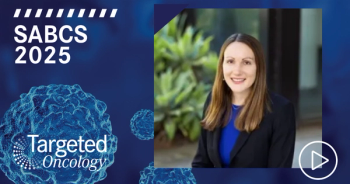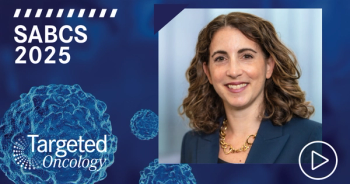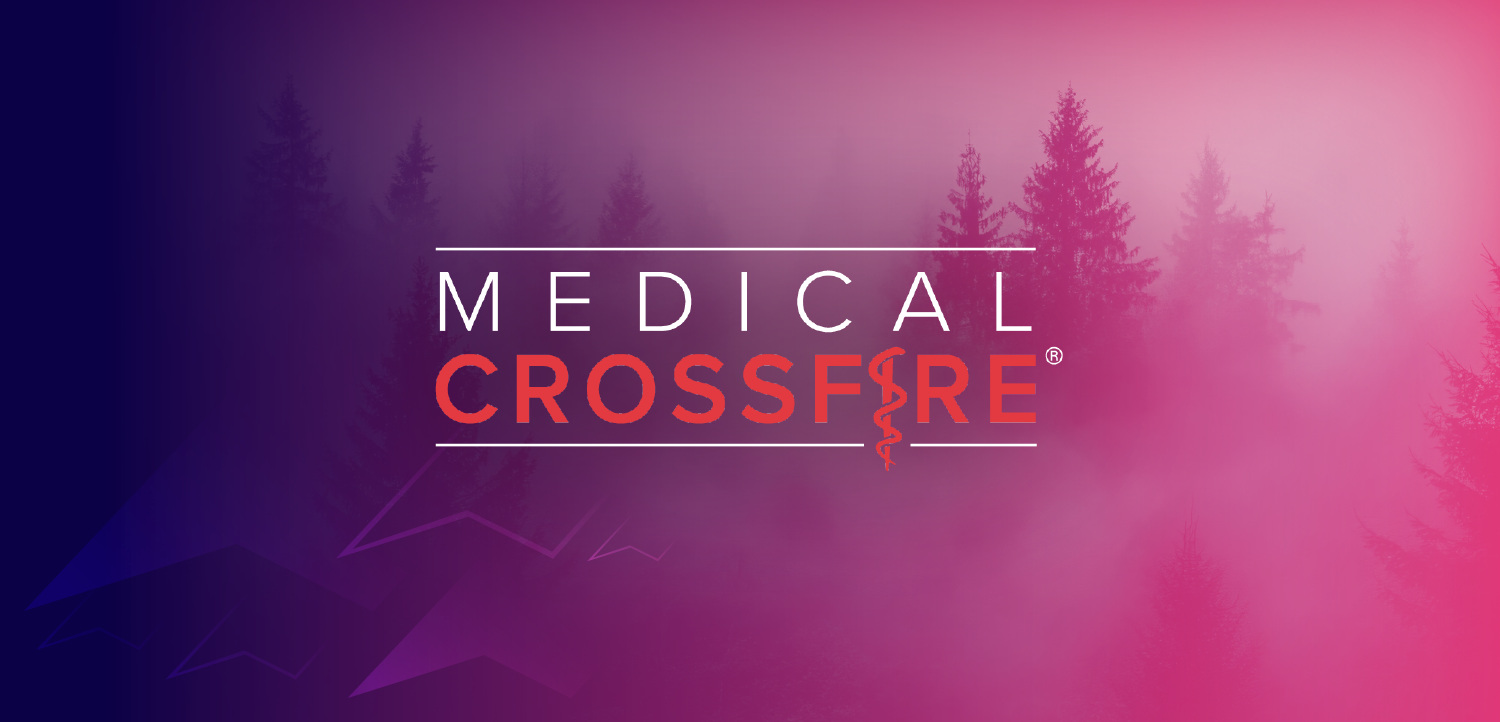
Providing Predictive and Prognostic Biomarkers for Breast Cancer From the TAILORx Trial
Jesus Anampa, MD, MS, assistant professor, Department of Medicine, Albert Einstein School of Medicine, says in the past, most patients with breast cancer were treated with chemotherapy. In some cases, these patients were being over-treated. To limit the use of chemotherapy in patients who don’t need it, a group of researchers conducted the TAILORx trial.
Jesus Anampa, MD, MS, assistant professor, Department of Medicine, Albert Einstein School of Medicine, says in the past, most patients with breast cancer were treated with chemotherapy. In some cases, these patients were being over-treated. To limit the use of chemotherapy in patients who don’t need it, a group of researchers conducted the TAILORx trial.
Patients in the study were randomized to receive either standard-of-care chemotherapy plus endocrine therapy or endocrine therapy alone in the adjuvant setting. Using the 21-gene assay, Oncotype DX, researchers were able to predict the risk of recurrence in their patients, with or without chemotherapy.
For patients with breast cancer who are under the age of 50, is chemotherapy necessary? This is a key question that oncologists have and are trying to answer with the aid of genomic testing and clinical data. In some cases, patients who show poor clinical prognosis may have a better chance with disease treatment, based on their genomic data. Anampa believes it’s important to combine the genomic and clinical data, to have a better understanding of how the patients will tolerate therapy. Another important factor with genomic testing is the ability to predict patient outcomes in addition to seeing a patient’s prognosis.
Currently, most assays only report prognosis. Oncotype DX is the only assay that has the ability to be predictive, says Anampa.








































